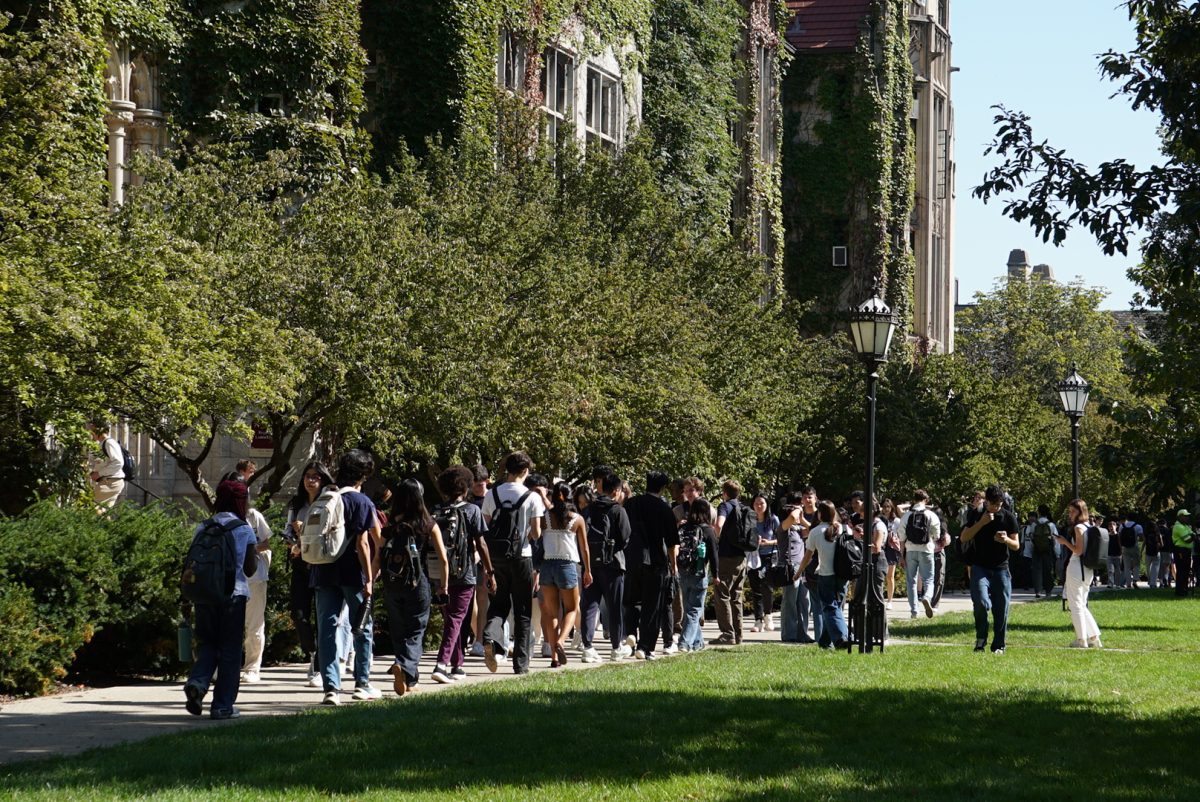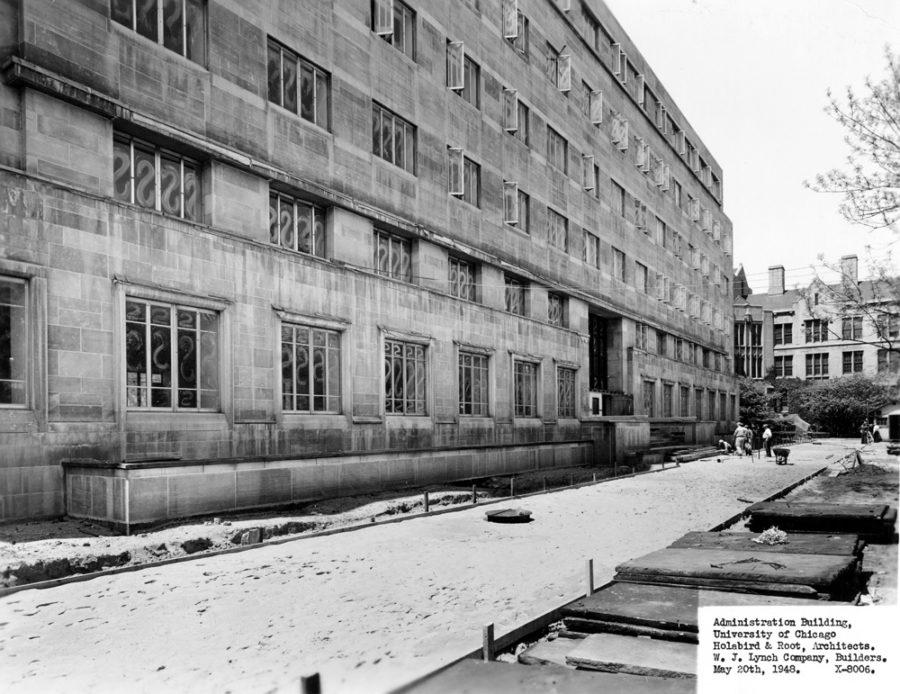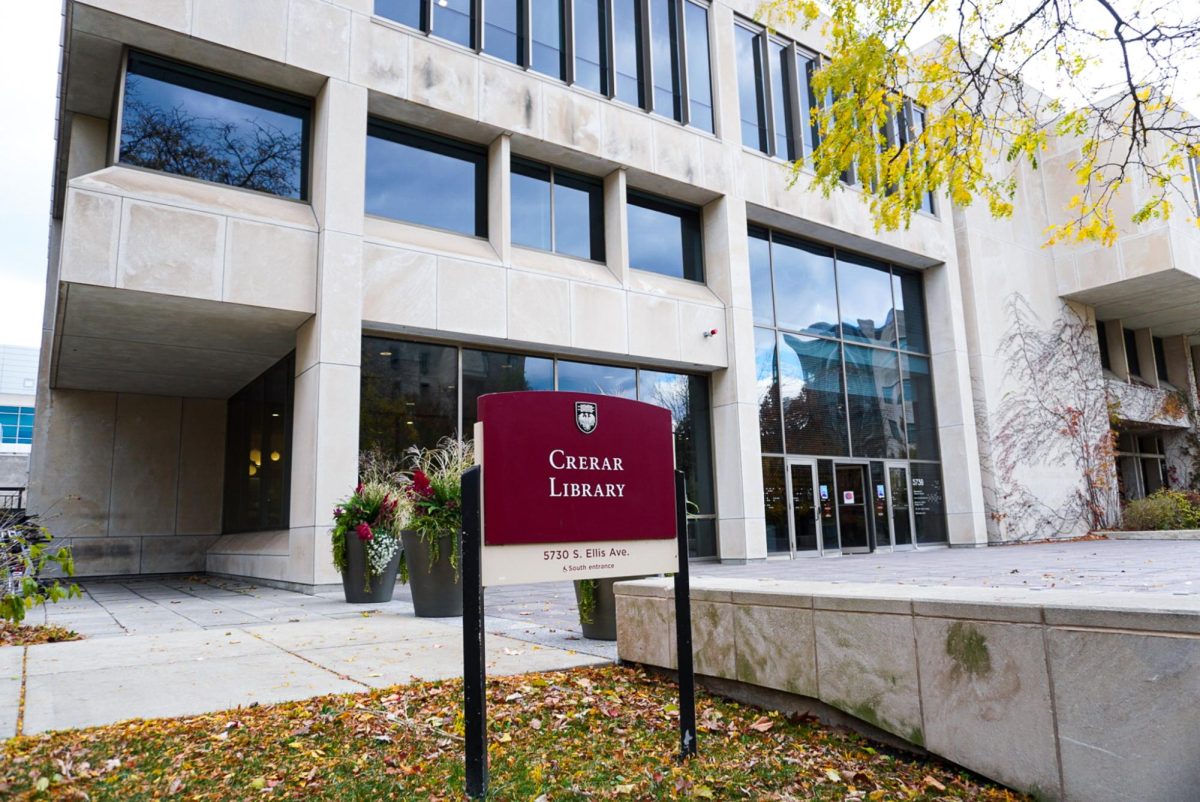In the aftermath of the 2000 election, there was a rush to install direct recording electronic voting systems (DRE), sleek touch-screen voting terminals that enable voters to cast their vote with the ease of going to an ATM. Digital voting was supposed to bring elections into the digital age. Unfortunately, while remedying many of the problems of older voting machines, newer digital voting terminals lend themselves to a host of new problems, including the inability to verify their results, their susceptibility to technical failure, and the conflicts of interest surrounding their manufacturers.
One of the biggest problems with digital voting is that DRE precludes the possibility of manual recounts. Unlike in 2000, when election officials could recount by hand contested ballots, digital voting terminals do not produce a physical record of a voter’s preferences. This makes election results completely unverifiable, and makes it impossible to uncover voting irregularities afterwards.
Among the individuals fighting to make digital voting verifiable is Representative Rush Holt (D-NJ), who recently introduced legislation to require that all voting machines produce a paper record of a voter’s preference by the 2004 election. Included in his legislation are provisions that ban the use of wireless software in digital voting terminals and a requirement that terminals produce paper results for both the voter and the precinct should a recount be necessary afterwards. Holt’s legislation would greatly improve the verifiability of digital voting terminals. Unfortunately, as November 2004 approaches, it seems increasingly unlikely that his legislation will be acted upon soon enough for the next presidential election.
Aside from verification concerns, computer security experts have also identified technical problems with digital voting systems. Last year, Avi Rubin, a professor of computer science at Johns Hopkins University who specializes in digital security issues, was leaked a copy of source code used in terminals manufactured by Diebold, Inc., a DRE industry leader. After inspecting the code, Rubin discovered that Diebold’s security protocols were incredibly easy to crack and that its “smart card,” which is supposed to make the terminals more secure, actually made them easier to tamper with. Diebold attempted to discredit his research, but since then other computer analysts have made the same conclusions.
After Rubin made his research public, the state of Maryland ordered a full review of the technology before it paid Diebold a whopping $57 million to install its Accu-Vote terminals in every voting precinct in the state. Though the panel confirmed most of Rubin’s research and conclusions, it is still planning to use Diebold terminals in the 2004 election based on the assurances by Diebold that any problems with its units will be mitigated by March 2004.
Most frightening of all are conflicts of interest of leading firms in the digital voting industry. The CEO of Diebold, Wally O’Dell, recently held a fundraiser for President Bush’s reelection committee in his home. O’Dell, who has been awarded “Pioneer” status for raising more than $100,000 for the Bush campaign, also wrote in a letter to Ohio republicans that he is “committed to helping Ohio deliver its electoral votes to President Bush next year.” Such actions force voters to question how far O’Dell and other partisans are willing to go to influence next year’s presidential election.
Worse yet, Senator Chuck Hegel (R-NE) recently disclosed that he is an owner of Electronic Systems & Software (ES&S), the firm that produces half of all the digital voting terminals in the United States and all the terminals in Hegel’s home state of Nebraska. Hegel concealed his interest in the company for years and for good reason: ES&S voting terminals were used by Nebraska exclusively in the 1996 and 2002 elections when Hegel was elected to the U.S. Senate. How could any responsible voter not question the veracity of votes cast on terminals produced by firms run by such staunch partisans?
Emerging from the chaos of the 2000 election, Americans were desperate to prevent such a debacle from occurring again. But in our rush to fix the problem of voting in America, we have begun making mistakes that will imperil the future of American democracy in more ways than could hanging chads or butterfly ballots. Digital voting systems lack both the verification and security safeguards to ensure the accuracy of vote totals and the conflicts of interest of their manufacturers raise questions about the credibility of any election conducted with their products. Digital voting could one day hold much promise for American democracy. But, until technical flaws and questions about the legitimacy of votes cast on digital voting terminals can be mitigated, the United States can only choose not to use them for fear of compromising not just a single election, but American democracy as a whole.






